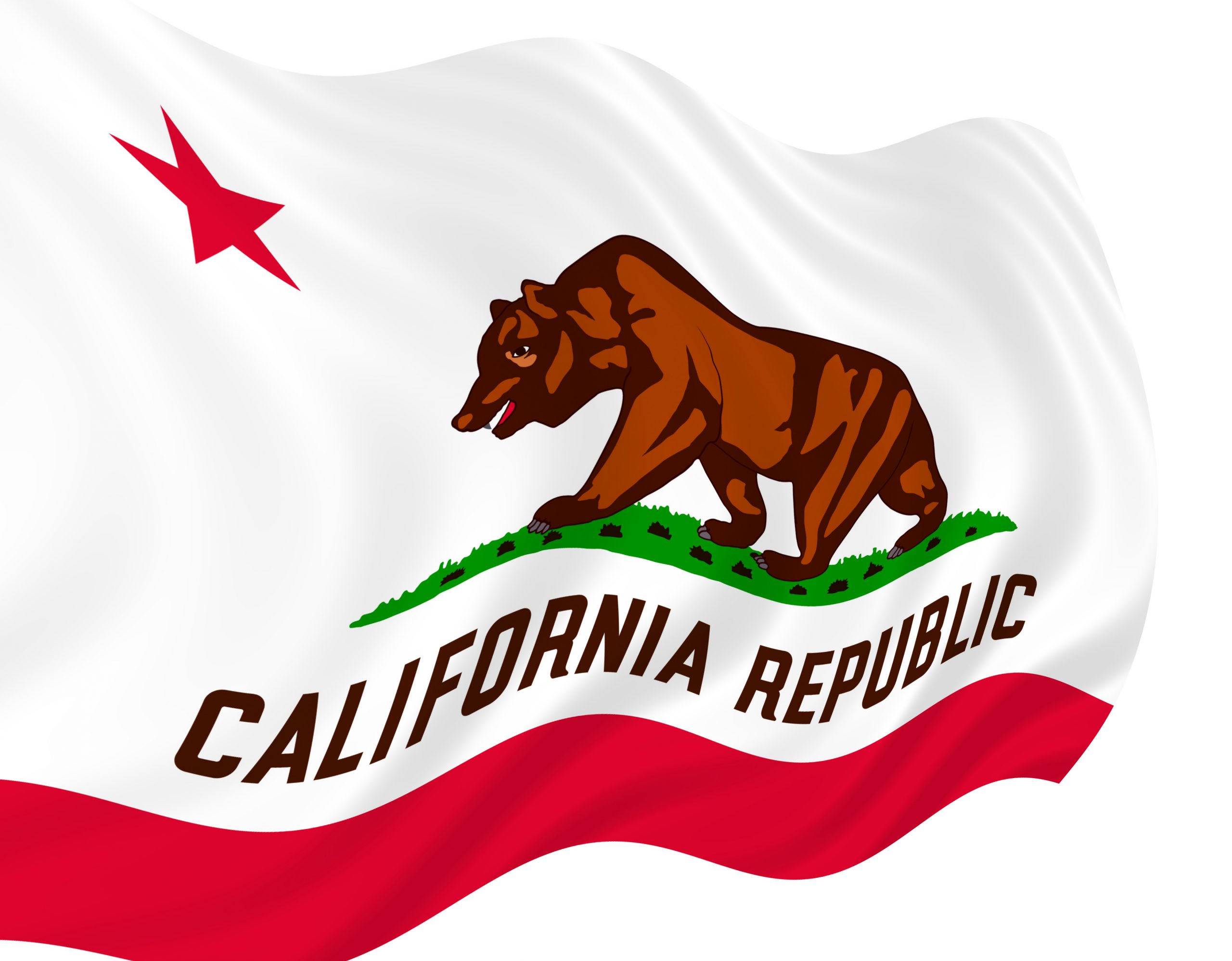The uncertainty over the coronavirus has negatively impacted the financial markets. Hit the hardest in the short term have been the travel and hospitality industries – with much talk of layoffs, bankruptcies, and industry bailouts.
The Dow Jones and Nasdaq have entered bear territory, falling more than 20 percent in value since February. Yet, most economists see the fundamentals of America’s economy as still being strong.
Budget writers at the State Capitol are nervously watching how quickly the economy rebounds. How long and how deep our current downturn lasts will have a nearly immediate impact on the state budget.
For years, economists and budget experts have warned that California’s budget is overly-reliant on capital gains tax revenue. This makes the state more susceptible to economic peaks and valleys. The current bear market makes it likely that we’ll be facing more than an insignificant state revenue hit as lawmakers and the Governor work on the 2020-2021 budget, due to be passed in June.
Gov. Brown was fortunately rather prudent – for a Democrat – in his budget priorities. Though spending increased throughout his governorship, he prioritized one-time programs and rejected creating new ongoing programs with one-time revenue. His successor, Gov. Newsom, has maintained this stance, though has opened up the purse strings a bit more than Brown.
While we’ve had at least 8 years of peaceful budgets since the lows of the Great Recession, we’re about to get a test for just how prepared California’s finances are for an economic downturn.
A little history lesson will provide some perspective in just how quickly an economic downturn can completely upend the state budget. In May 2008, the Department of Finance projected 1.2 percent GDP growth for 2008, 1.7 percent for 2009 and 3 percent for 2010. State personal income was projected to grow 4.5 percent in 2008, 4.1 percent in 2009, and 5.1 percent in 2010. The enacted 2008 budget projected $105.9 billion in revenue, $103.4 billion in General Fund spending, and a $2.5 billion reserve.
But in the fall of 2008, the U.S. experienced a massive financial collapse. Real GDP fell 2.1 percent in the 3rd quarter of 2008, 8.4 percent in the fourth quarter of 2008, and 4.4 percent in the 1st quarter of 2009.
Almost overnight, state lawmakers found themselves facing a nearly $42 billion budget hole. Baseline revenues dropped by $47.3 billion over the two budget years. Altogether, over two state budget proposals enacted in February and July 2009, lawmakers closed a $60 billion budget gap over two fiscal years.
If our current economic downturn is severe enough, could California find itself facing a repeat of 2008 and 2009? Probably not.
Thanks to the leadership of Legislative Republicans led by then-boss, Assembly Republican Leader Connie Conway, the Legislature enacted – and voters approved – a stronger rainy day fund. At the time of its passage, Conway said of the rainy day fund that it “would ensure that money is placed into the fund each year and it includes strict provisions over how that money can be spent and how much can be spent in one year.”
Importantly, she said, “it can only be used to prevent painful cuts to priorities like education and public safety in tough budget years and it can be used to pay down budgetary debt.”
Brown and Newsom have done just that, taking steps to pay down budgetary debt over the years and stocking away significant sums each year since its enactment.
As of the current 2019-20 state budget, a total of $16.5 billion has been saved in the rainy day fund. In recent years, Democrats have created their own budget reserves for safety net programs ($900 million in savings to date) and public school funding ($377 million saved to date).
No more than 50 percent of the rainy day fund can be used in the first year of a budget emergency. So, roughly $8 billion more could be available to soften a potential budget blow.
Proceeds from the rainy day fund will surely soften the blow, but the core budget priorities of Californians could be facing a big budget hit just around the corner. Additionally, lawmakers and the Governor will likely take action to revise spending in the current budget. Every action they take to reduce spending pressure in the current budget softens the blow in next year’s budget.
For his part, Newsom said at a press conference on Thursday that a slowdown in the growth of the American economy was projected in his January budget. And in a bit of positive news, he said December and January cash receipts as it relates to the S&P 500 were higher than expected.
“We are uniquely positioned to meet this moment,” he said.
But Newsom also cautioned, “the economic disruption is profound, and it is real and clearly it is going to have an impact on our state treasury – too early to determine what impact.”
Californians – and advocates of higher spending – will certainly be holding their breaths under the Governor announces his May Revise budget proposal in early May to see just how bad things may be.
Tim Anaya is the Pacific Research Institute’s senior director of communications and the Sacramento office.

